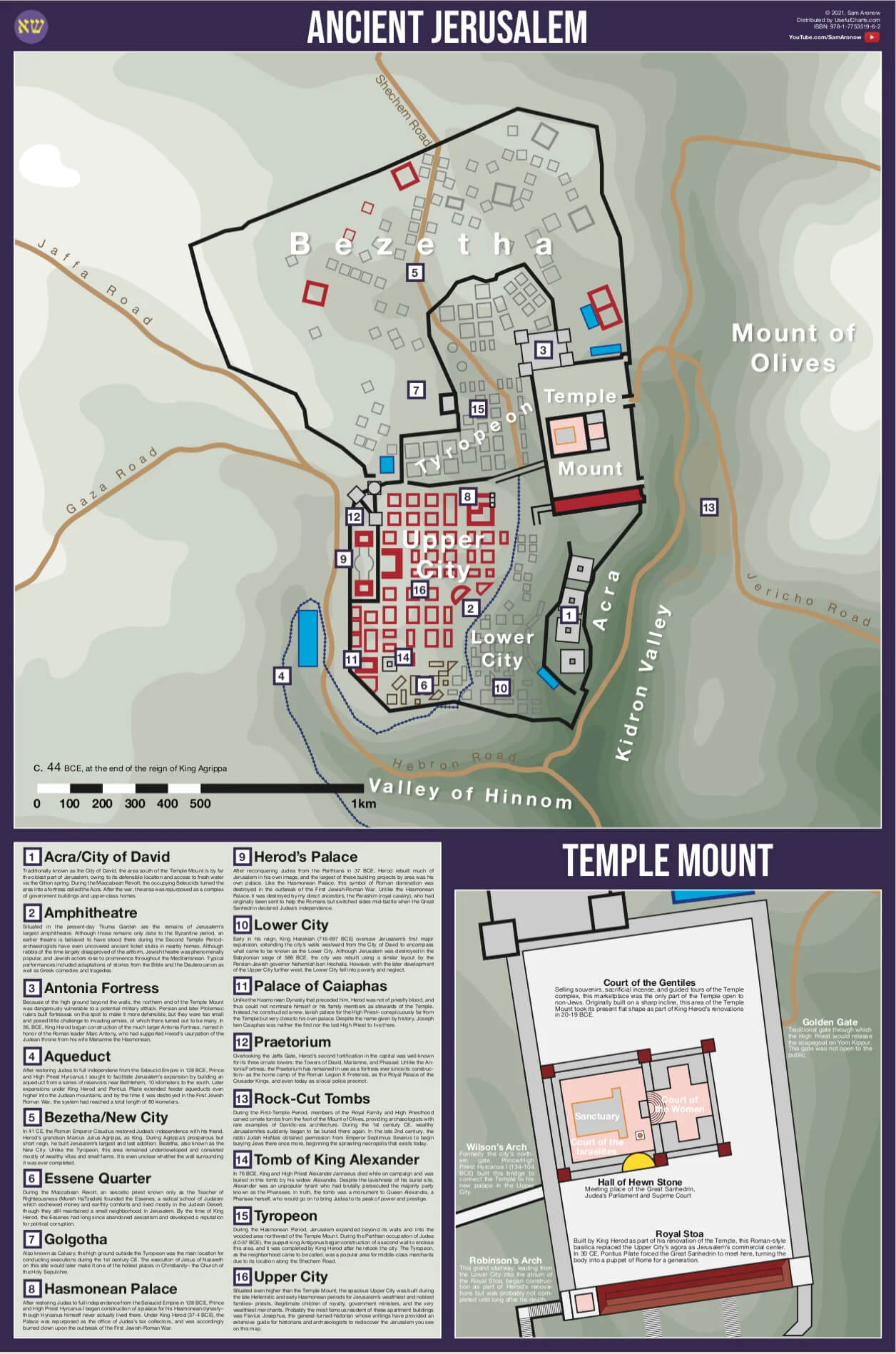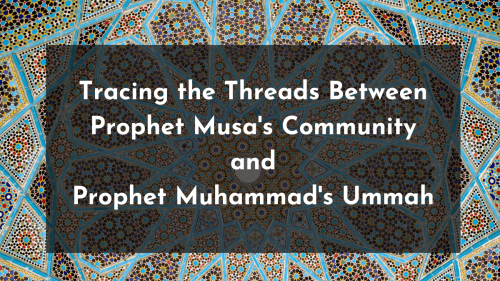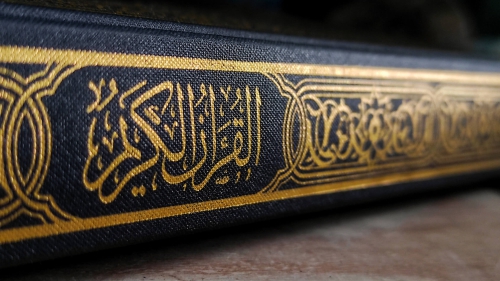Who Controlled Jerusalem the Longest?
The video "Who Controlled Jerusalem the Longest?" traces the long and complex history of Jerusalem from ancient times to the present day, highlighting the various groups that have claimed the city as their own. Starting from 4,000 BCE, the city's rulers include the Israelites, Babylonians, Persians, Greeks, Romans, Arabs, Crusaders, Ottomans, and British, among others.
The speaker dives into the history of Jerusalem, tracing the city's origins back to around 4,000 BCE, and discussing the various rulers and powers that have laid claim to Jerusalem through the centuries. From the Egyptians and the Canaanites to the controversial Israeli-Palestinian conflict of modern times, Jerusalem's story is one of conflict and conquest. Despite the city's tumultuous past, it remains a place of great significance to Jews, Muslims, and Christians alike.
The transcript explains the history of the control of Jerusalem. It began with the Israelites around 1,000 BCE, and the city became the capital of the southern Israelites who formed the Kingdom of Judah. Judah held the control of the city until 586 BCE when the Babylonians destroyed Jerusalem and its temple.
However, the city was later rebuilt by the Persians who dominated the area for 207 years but allowed different religions to be practiced. In 332 BCE, Alexander the Great captured Jerusalem, and the Hellenistic or Greek period began, where power shifted between the Ptolemies and the Seleucids. Judaism remained as the official religion. Later, Rome controlled the city for 676 years, and during this time, the official religion changed a few times. Although initially allowed to practice Judaism, the Jews launched a rebellion against Rome which led to the complete destruction of Jerusalem a second time in 70 CE.
The history of Jerusalem is traced from the year 130 CE when Emperor Hadrian renamed the city Aelia Capitolina, built a temple to Jupiter where the Jewish temple once stood, and prohibited Jews from entering the city. The Barkhachba revolt during 132-135 CE allowed Jews to take control for three years but the revolt failed and two pagan temples stood in the city until the year 326 when the Roman Empire started to shift towards Christianity. For 193 years after that, Jerusalem became a pagan city before it was destroyed again in 614 CE by the Sassanid Empire with the help of Jews.
In 636 CE, Caliph Umar conquered Jerusalem, making it a primarily Muslim city for the first time ever while also granting freedom of religion to Jews and Christians. The Dome of the Rock was built on the site where the Jewish temple once stood near to the church of the Holy Sepulchre in 691 CE and it stands to this very day, marking an important turning point in the history of Jerusalem.
The history of Jerusalem's different rulers is summarized from the Arab Empire to the Fatimids, the Crusaders, the Ayubids, the Mamluks, the Ottomans, and finally the British Mandate followed by hotly disputed control between Israel and Palestine.
However, in more recent times, Jerusalem became a primarily Christian city for 88 years until it was captured by Saladin and the Islamic Ayubids. Later, it became an equally divided city between Muslims and Jews by around 1850 CE.
Despite its varied history, Islam dominated the city of Jerusalem for 1,283 years, while Judaism held control for 1,197 years, and Christianity for only 410.

( Source: UsefulCharts.com - Video | Chart )
Topics: Byzantine Empire, Christianity, Christians, Demography, Dome Of The Rock, Interfaith, Islam, Israel, Jerusalem, Jews, Judaism, Masjid Al Aqsa, Muslim, Ottoman Empire, Palestine
Views: 1263
Related Suggestions

















